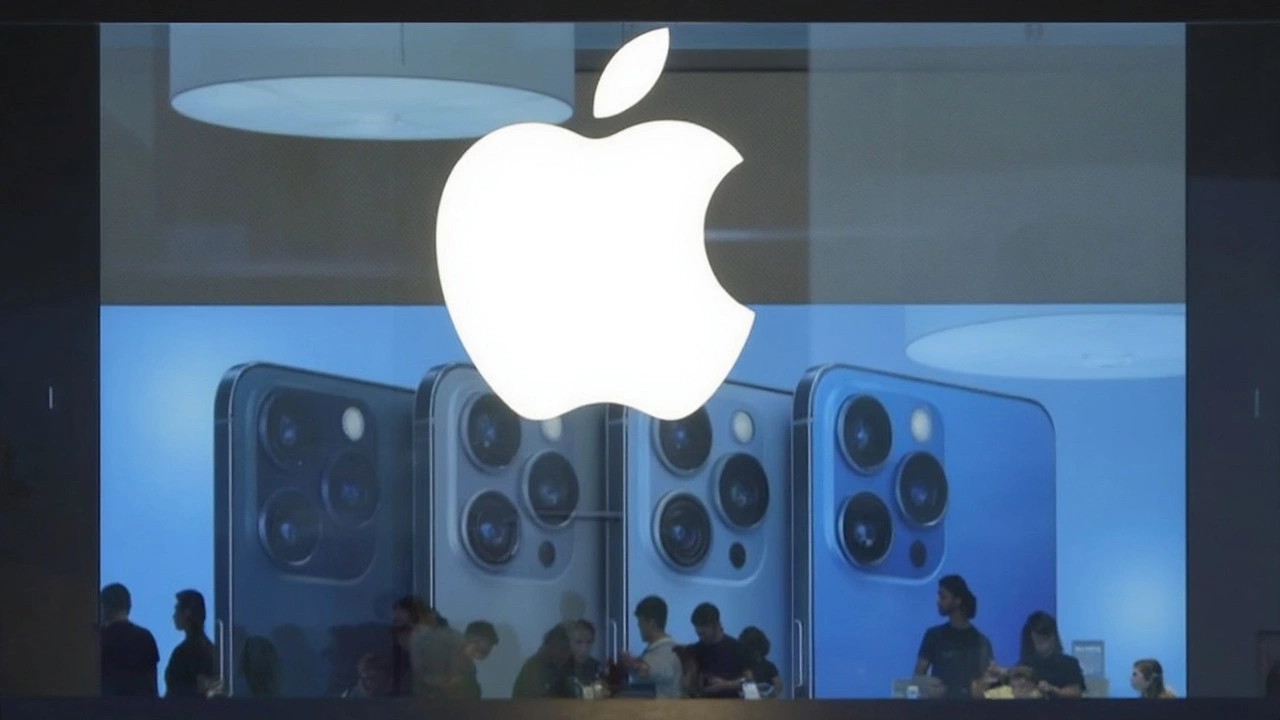AI Features That Are Changing How We Work and Play
If you’ve ever asked Siri for the weather, gotten a movie suggestion on Netflix, or seen a photo magically enhanced, you’ve already used AI. These everyday tricks are just the tip of the iceberg. Below, we break down the AI features that matter most, why they’re useful, and how you can start using them yourself.
Chatbots and Virtual Assistants
Chatbots are the friendly faces you meet on a website’s help desk. Powered by natural‑language processing, they understand simple questions and give instant answers. Virtual assistants like Alexa, Google Assistant, and Siri go a step further. They set reminders, control smart home devices, and even order groceries with a voice command. The real win? You save time and avoid endless scrolling through FAQ pages.
Want to try one? Open the app on your phone, say “Hey Google, what’s on my calendar tomorrow,” and watch it pull the data for you. It’s that easy, and you’ll feel a boost in productivity instantly.
Image Generation and Enhancement
AI can now create pictures from text prompts or improve low‑resolution photos. Tools like DALL‑E, Midjourney, and Adobe’s Firefly let you type “sunset over a mountain lake” and get a brand‑new image in seconds. Meanwhile, AI‑based upscalers clean up blurry shots, making old family photos look fresh.
Give it a try: go to an online generator, type a simple description, and watch the magic happen. You’ll see how quickly AI can replace hours of design work.
Recommendation Engines
Ever wonder why Spotify seems to know exactly what you want to hear next? That’s a recommendation engine at work. By analyzing your past behavior, the algorithm predicts what you’ll like and serves it up without you lifting a finger. Whether it’s music, movies, shopping, or news, these AI features keep you engaged and save you the hassle of searching.
To personalize it further, spend a few minutes rating the suggestions you receive. The system learns faster and becomes more accurate.
Predictive Analytics
Businesses use predictive analytics to forecast trends, from sales spikes to equipment failures. The AI looks at historical data, spots patterns, and tells you what’s likely to happen next. For a small business owner, this could mean knowing the best time to order inventory or when to launch a promotion.
If you have a spreadsheet of past sales, plug it into a simple AI tool like Google’s AutoML. Within minutes you’ll see a chart that predicts next month’s revenue. It’s a powerful insight you didn’t have to hire a data scientist for.
Automation and Workflow Helpers
Automation tools such as Zapier or Microsoft Power Automate let you connect apps and trigger actions automatically. For example, you can set a rule that every email attachment saves to Google Drive, and a Slack message notifies the team. These AI‑driven workflows cut repetitive tasks and free up mental space.
Start small: create a “Zap” that adds new calendar events to a to‑do list. You’ll see instant relief from manual data entry.
All these AI features share one goal—making life smoother. The best part is that most of them are free or have a low‑cost entry point. Pick one that fits your daily routine, give it a spin, and watch how quickly it becomes indispensable. As AI keeps evolving, the toolbox will only get richer, so staying curious now puts you ahead of the curve.
iPhone 17 Air Takes Center Stage at WWDC 2025, Showcasing iOS 26 and Game-Changing AI Features
Apple's WWDC 2025 reveals the ultra-thin iPhone 17 Air and iOS 26, emphasizing smarter AI, upgraded AirPods, and deeper device integration. Tim Cook promises faster, more intuitive experiences and privacy-focused tools, setting a new standard for Apple’s ecosystem.





